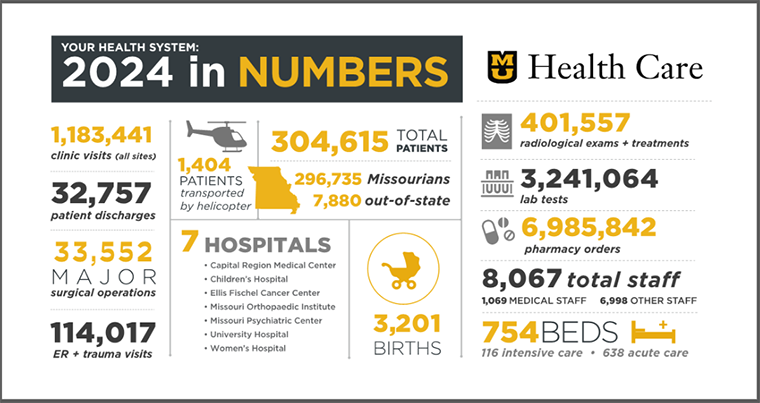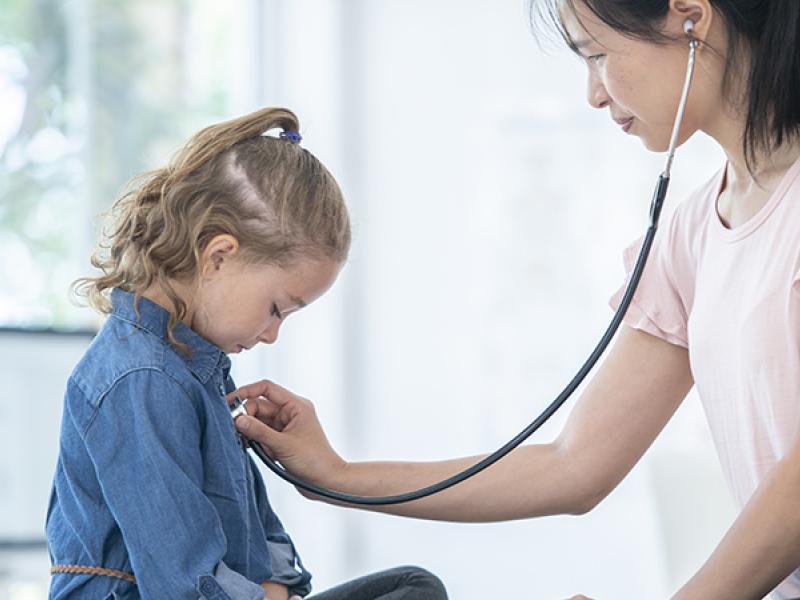Learn about the Emergency Medicine Residency Program.
What is the resident salary?
PGY-1 $63,302. PGY-2 $65,683. PGY-3 $67,902. Residents and fellows are provided various plans from which to choose for medical, dental, vision, prescription, and life insurances, with optional coverages including disability, accidental death and dismemberment, and family coverage. Detailed benefit information can be found at Salaries and Benefits.
What are work hours like?
Residents work a combination of 8, 9, and 10-hour shifts. Shifts are designed with 1 hour of overlap to allow residents to complete charting and patient care while the next team begins seeing all new patients. Night shifts are always 8-hour shifts. Residents work on average: PGY1 (180), PGY2 (170), PGY3 (160) hours per month.
How many vacation days will I have?
PGY1 residents are allotted 3 weeks of vacation. PGY2 and PGY3 residents are allotted 4 weeks of vacation.
What departmental benefits do I receive?
All residents receive free access to ROSH question bank and a number of the latest textbooks through Clinical Key, an EM: RAP subscription, and covered travel expenses to SAEM and ACEP national conferences. In addition to the above, PGY-1s receive free access to HIPPO EM videos.
What is the Curriculum like?
We take pride in providing an innovative non-clinical curriculum in addition to our robust clinical rotations. Each week we have 5 hours of dedicated conference time with topics spanning the entire breadth of EM. The curriculum spans 18 months and is weighted based on clinical relevance, so residents are well prepared for any practice setting. Behind this, we have a team of dedicated faculty to ensure each resident has the resources they need to become a successful and well-rounded emergency medicine physician. For additional information, please see our Curriculum section.
What other clinical sites are there?
Residents rotate at University Hospital, which includes our new Children's Emergency Department. They also have the option to do elective EM rotations at Capital Region Medical Center in Jefferson City, MO and Moberly Regional Medical Center in Moberly, MO to experience both community and rural emergency medicine.
Tell me about UMC

Additional information can be found here Facts/Figures.
What do you do for Resident Wellness?
Wellness is integrated into the program from July of PGY-1 year to graduation. Regularly scheduled events such as the yearly float trip and the post-training exam dinner are perennial favorites. We establish faculty mentors in the PGY-1 year who then provide continued support and feedback. Residents have a voice through the recurring 'Residency Round Table,' where ideas can be shared and concerns addressed. Our internal website provides access to wellness and mental health resources, our maternity/paternity leave policy, as well as financial planning resources.
How does your program support individuals from different backgrounds and experiences?
We value the uniqueness of every individual and strive to ensure each person’s success. Contributions from individuals with diverse backgrounds, experiences and perspectives promote intellectual pluralism and enable us to achieve the excellence that we seek in learning, research and engagement. This commitment makes our university a better place to work, learn and innovate.
What is life like in Columbia?
Columbia has something to offer for everyone. Columbia Parks and Recreation maintains over 3,000 acres of parkland spanning 80 different parks and recreation facilities in addition to over 50 miles of trails. The city welcomes a multitude of festivals each year, including Art in the Park, Boone County Fair, Roots N Blues, the Show-Me State Games, and the world-renowned True/False Film Fest. There are also year-round sports programs to provide recreational opportunities in addition to Columbia being home of the Mizzou Tigers. Visit the Columbia Convention and Visitors Bureau website for more detailed information.
What is Interview Day like?
We use a hybrid model for interview days. We will have seven in person interview days, as well as 3 virtual interview days. Interviews will be held on Tuesdays from November through January. Applicants will either be in the AM group or the PM group and will also have the opportunity to participate in various meet and greets with our current residents to allow time for candid questions and conversation. Typically, you will interview with the PD, an APD, a Chief Resident, and a faculty member.
Why are you offering in person and virtual interviews?
We are offering in-person interviews for our Emergency Medicine residency program because we believe that experiencing Mid-Missouri and our hospital system firsthand provides invaluable insight into what makes our program unique. Columbia, Missouri is a dynamic and welcoming community, and our hospital offers a diverse patient population, high-acuity cases, and a strong culture of teamwork that is best appreciated in person. We want applicants to see the environment where they will train, meet our faculty and residents, and get a true sense of our program’s strengths. However, we also recognize that financial and time constraints may make travel challenging for some applicants. Therefore, we remain committed to ensuring that our virtual interview process is just as engaging and informative, allowing all candidates an equitable opportunity to learn about what we have to offer.
Is Moonlighting allowed?
We allow internal and external moonlighting for PG2 and PG3 residents who meet certain criteria. The majority of our residents participate in some form of moonlighting.
How is Pediatrics done?
Pediatrics begins with a dedicated block of Pediatric EM in the PGY-1 year, which then transitions to a longitudinal integration of shifts for the remaining PGY-2 and PGY-3 years. The vast majority of our pediatric education occurs with our full-time, board-certified Pediatric Emergency Medicine faculty.
Who manages the airway?
Emergency medicine faculty handle all airways at all times in all patients. EM faculty control and manage the airway until the patients leave the Emergency Department.
How do traumas run?
Trauma alerts are divided into levels I, II, and III. PGY-2 and PGY-3 EM residents manage Level I and II cases in the resuscitation bay in conjunction with the trauma team. The EM resident always performs any required intubations. Trauma procedures are divided between the Trauma team and the EM team with the EM resident responsible for all right side of the body procedures, and the Trauma team responsible for all left side of the body procedures.
What are your board pass rates?
Our 5-year first time board pass rates for our program are below:
- Overall pass rate: 94%
- Qualifying Exam: 96%
- Oral boards: 93%





